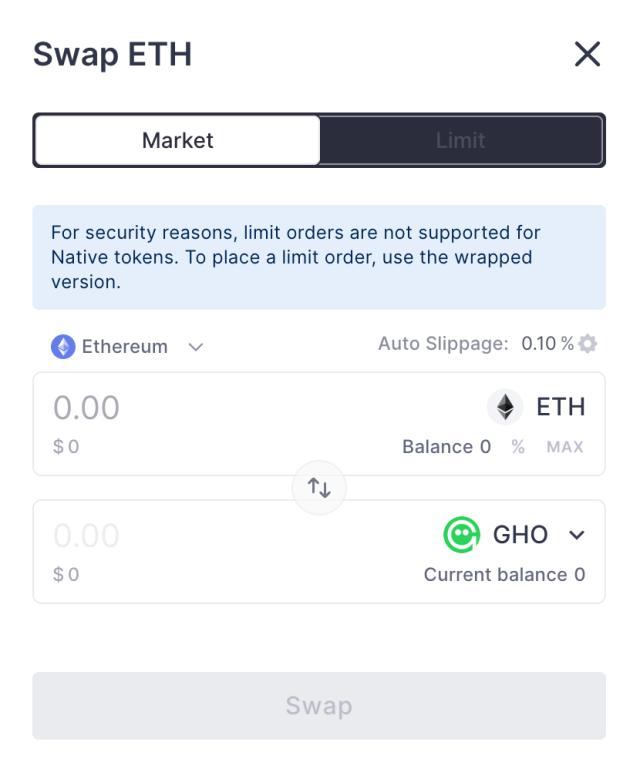Cantor leads a new boom in providing loans to debt-hungry crypto enterprises.
The last major bear market almost destroyed the entire cryptocurrency lending industry. Now, this industry is strongly recovering, with a new batch of lending institutions filling market gaps to meet the long-term debt demand in the crypto market.
From traditional banks to crypto-native enterprises, various lending institutions have begun or are providing financial support, driving market activity recovery, including using leverage to amplify trading bets and providing short-term liquidity needed for exchanges.
Just this month, the financial services company Cantor Fitzgerald, led by former U.S. Secretary of Commerce Howard Lutnick, launched its global Bitcoin financing business with initial capital of $2 billion. Meanwhile, Bitcoin software company Blockstream Corp. received billions of dollars in investment to expand its crypto lending fund. Crypto wealth management institution Xapo Bank has also begun offering Bitcoin-backed loans up to $1 million.
"The new generation of lending institutions will be more institutionalized," said David Mercer, CEO of institutional trading platform LMAX Group. "More banks will enter this field, providing credit mechanisms for some of the largest institutions so they can trade in the crypto market."
Crypto lending experienced a boom before the 2021 bull market, with crypto-native lending institutions like Genesis Global Capital, Celsius Network, and BlockFi rising. However, these companies ultimately provided unsecured loans to hedge funds or exchanges, but due to the crypto market crash, these institutions collapsed. Eventually, these three enterprises filed for bankruptcy, leading to a significant reduction in liquidity for traders, prime brokers, and market makers, and making it difficult to obtain capital market funding.
Risk Management Challenges
"Currently, few are willing to provide leverage, and almost all under-collateralized loans have disappeared," said Rob Hadick, general partner at crypto venture capital firm Dragonfly. "Those truly skilled at understanding how to manage risks in the crypto market are rare. This is a significant problem for many."
Due to the lack of native lending institutions in the industry and traditional financial institutions' reluctance to lend to crypto enterprises under the Biden administration's pressure on the crypto industry, crypto exchanges, prime brokers, and market makers are trying to fill this gap.
"With the new government in place, I believe regulators will adopt a more reasonable regulatory system and approach, and perhaps banks will become more involved," said Bobby Zagotta, CEO of Bitstamp U.S.A.
Bitcoin-backed loans have always been a common option for crypto enterprises to raise cash and enhance short-term liquidity. However, due to the extreme volatility of cryptocurrency prices, traditional financial institutions like banks remain cautious and avoid entering this field.
"Currently, most lending demand in the digital asset space is focused on cash lending," said Adam Sporn, Head of Principal Brokerage and U.S. Institutional Sales at BitGo. "The fact that no major banks are willing to lend to this market has been a limiting factor."
Trump Effect
Industry insiders say the industry is preparing for larger-scale growth as more traditional institutions become willing to engage in crypto lending. This change is largely attributed to the crypto-friendly policies and regulatory measures implemented by U.S. President Donald Trump.
Rob Hadick from Dragonfly stated: "We see more traditional lending institutions showing interest in crypto lending because they have gained greater confidence from the current government, legislation, and regulatory bodies, believing they can participate with peace of mind."
Mercer from LMAX believes this could drive Bitcoin-backed loans into a new phase, with stronger funding support from traditional financial institutions and more mature risk management mechanisms.
Currently, the crypto lending industry's recovery is relatively conservative, with lower loan-to-value (LTV) ratios, meaning borrowers need to pay higher down payments to reduce lenders' risks.
"Currently, there is little interest in under-collateralized loans," Hadick said. "If we could provide under-collateralized loans to prime brokers, trading departments, and other institutional counterparties, it would help improve market liquidity and overall market operations."
Despite growing market demand for crypto lending and a more friendly regulatory environment paving the way for a new industry boom, credit risk remains the core challenge for this emerging asset class, especially given its extreme volatility.
"I still doubt that crypto-native enterprises can create centuries of credit experience out of thin air," said Austin Campbell, adjunct professor at NYU Stern and CEO of stablecoin company WSPN USA. "Instead, I believe this requires professionals from the traditional financial industry to intervene." However, he also expressed a more optimistic attitude towards traditional financial institutions' participation.







